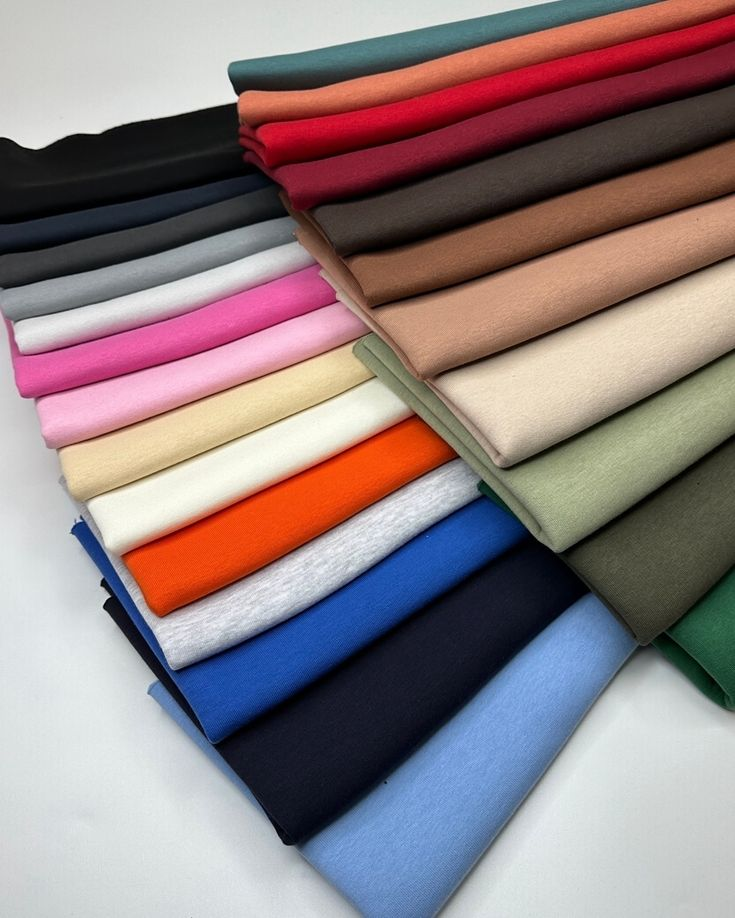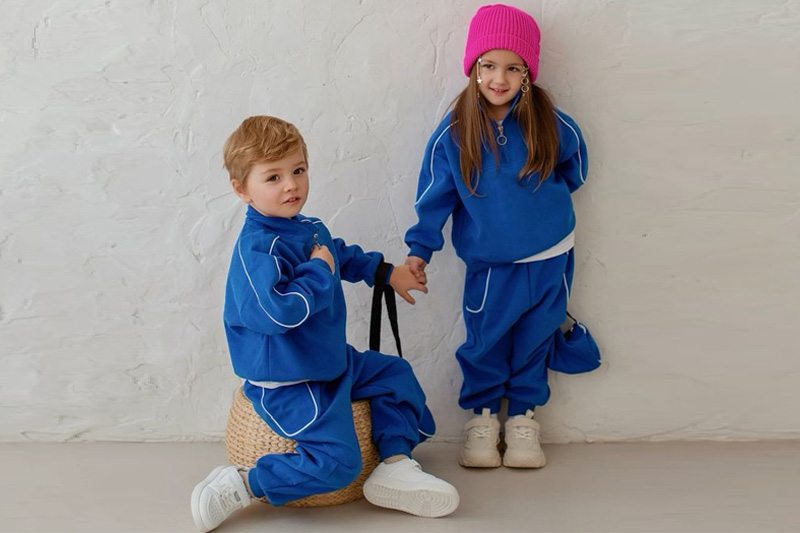The first time I bought a cute cotton dress online, I loved it—until I washed it. It shrank so much it could have fit my niece. That was the day I realized fabric shrinkage isn’t just a “technical” issue. It’s a big deal for comfort, fit, and keeping customers happy.
Fabric shrinkage matters because it affects how clothes fit after washing, impacts comfort over time, and can cause costly returns. Accurate fabric testing before production helps ensure sizing stays consistent, prevents unexpected shrinkage, and maintains customer trust. For kids’ clothing especially, where growth and comfort matter most, controlling shrinkage means fewer complaints, fewer returns, and a stronger brand reputation.
Let’s break it down from the buyer’s side and the factory’s side.
How does shrinkage affect fit and comfort over time?
I once had a client who complained that their toddler tees went from “roomy and comfy” to “tight and cranky” after just one wash. And believe me—if a kid is uncomfortable, parents remember.
Shrinkage can make garments feel smaller, tighter, and less comfortable, even if they fit perfectly before washing. Over time, this reduces wearability and can turn a customer away from a brand entirely.
When clothes don’t grow with the child
In kids’ clothing, a small size change is a big deal. A shirt that loses even 2 cm in length might become useless months earlier than planned, frustrating parents who expected longer use.
| Shrinkage Range | Customer Impact |
|---|---|
| <3% | Usually unnoticeable |
| 3–5% | Slight fit changes, may affect comfort |
| >5% | Significant size change, high return risk |
Why does accurate sizing depend on fabric stability?
Imagine spending weeks perfecting your size chart, only for every garment to shift a size after the first wash. That’s money—and reputation—down the drain.
If the fabric isn’t stable, even the most accurate size grading won’t matter. Buyers end up with unpredictable fits, which leads to frustration and mistrust.
I’ve seen brands lose repeat customers simply because the “medium” they bought last season was suddenly a “small” in their laundry.
How is shrinkage linked to customer satisfaction?
Think about it: you can forgive a brand for a color fading slowly, but a shirt turning into a crop top? That’s personal.
Shrinkage issues often top the list of clothing complaints because they feel like a breach of trust. Customers expect their clothes to stay wearable for a reasonable time, and when they don’t, it damages loyalty.
In B2B, this ripple effect can cost you entire wholesale relationships.
How does proper fabric testing prevent product returns?
I once handled an urgent reorder for a client who skipped pre-production shrinkage testing. Half the batch came back—unsellable. That’s not a mistake you make twice.
By testing shrinkage before production, factories can adjust patterns or pre-shrink fabrics, preventing returns and protecting profit margins. Testing is far cheaper than dealing with unsellable stock.
How do you balance softness and dimensional stability?
Here’s the tricky part—soft fabrics often shrink more. It’s a trade-off between touch and toughness.
The key is selecting blends and finishes that keep softness without losing shape. For example, a cotton-spandex mix might keep comfort but resist severe shrinkage compared to pure cotton.
Sometimes, buyers need to decide what matters most: cloud-like softness or guaranteed sizing stability.
Conclusion
Fabric shrinkage isn’t just a technical checkbox—it’s a trust issue. Control it well, and you keep customers wearing (and loving) your clothes far longer.



